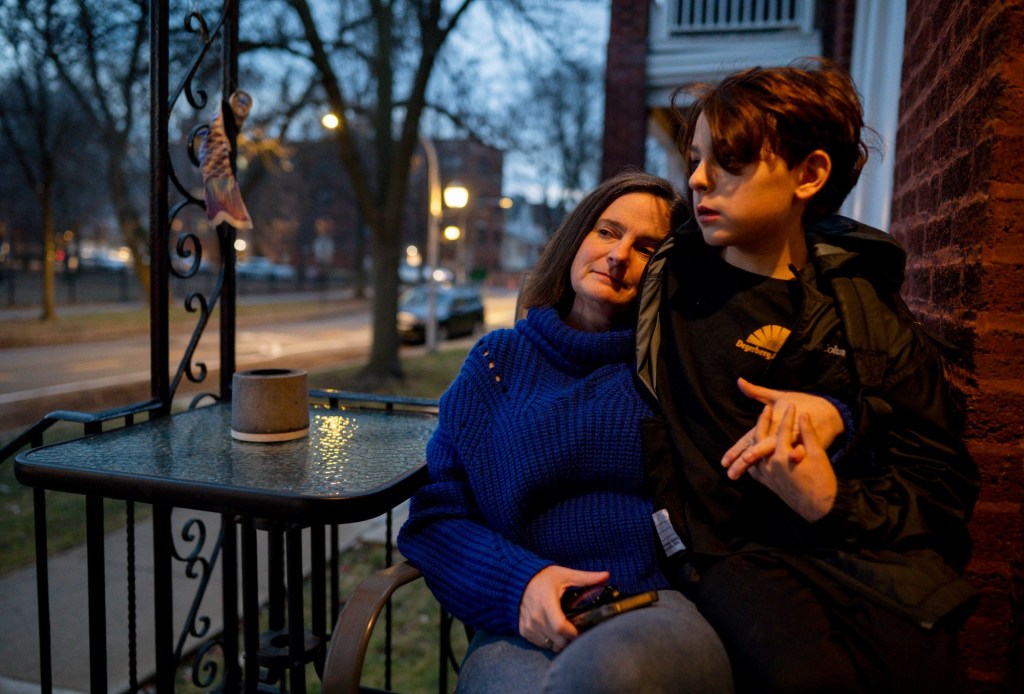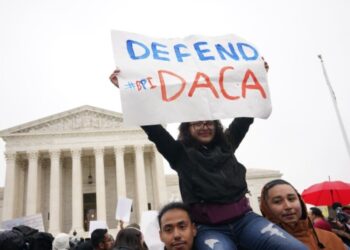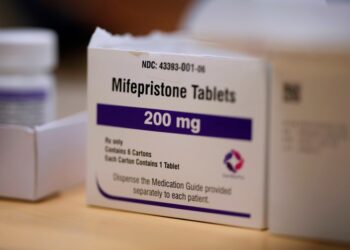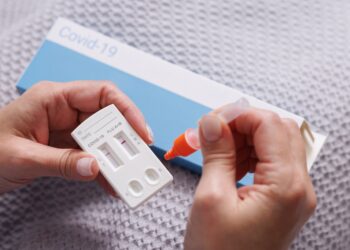All Jennifer Howell wanted was to find medication for her son. Instead, she was caught in a maze of desperate phone calls to pharmacies and physicians.
Her son, Linus, had been diagnosed with ADHD in 2021 during the grips of the COVID-19 pandemic. Many of his behavioral traits — restlessness, impulsivity, difficulty focusing — suddenly made sense. When he was first prescribed medication, its effects were instantaneous.
“It was something that changed him within 24 hours,” said Howell, a Lincoln Square resident. “It was enough for us to cry, saying, ‘Oh God, I wish we had known.’”
Howell recalled how Linus, now 10 years old, described how he felt: “When my neurons are working, I’m basically a genius.”
The relief was short-lived. In October 2022, the U.S. Food and Drug Administration formally announced a nationwide Adderall shortage, leaving millions scrambling to obtain prescription stimulant medication. Over a year later, there’s no end in sight, and a tangled network of causes has made for no clear solution.
“It’s the single biggest crisis right now in clinical mental health,” said Greg Mattingly, president of the American Professional Society of ADHD and Related Disorders and an associate clinical professor at Washington University in St. Louis. “It touches everyone.”
ADHD, or attention-deficit/hyperactivity disorder, is one of the most common neurodevelopmental disorders in the U.S. An estimated 9.8% of children aged 3 to 17, or about 6 million adolescents, have been diagnosed, according to the U.S. Centers for Disease Control. Stimulant medications like Adderall mitigate its symptoms by increasing dopamine levels in the brain.
Access to prescription stimulant medications first began to unravel at the beginning of the COVID-19 pandemic. Physicians started reporting a significant jump in ADHD diagnoses. Research compiled by FDA-affiliated scholars indicated that prescriptions for stimulant medications among people aged 20…
Read the full article here







